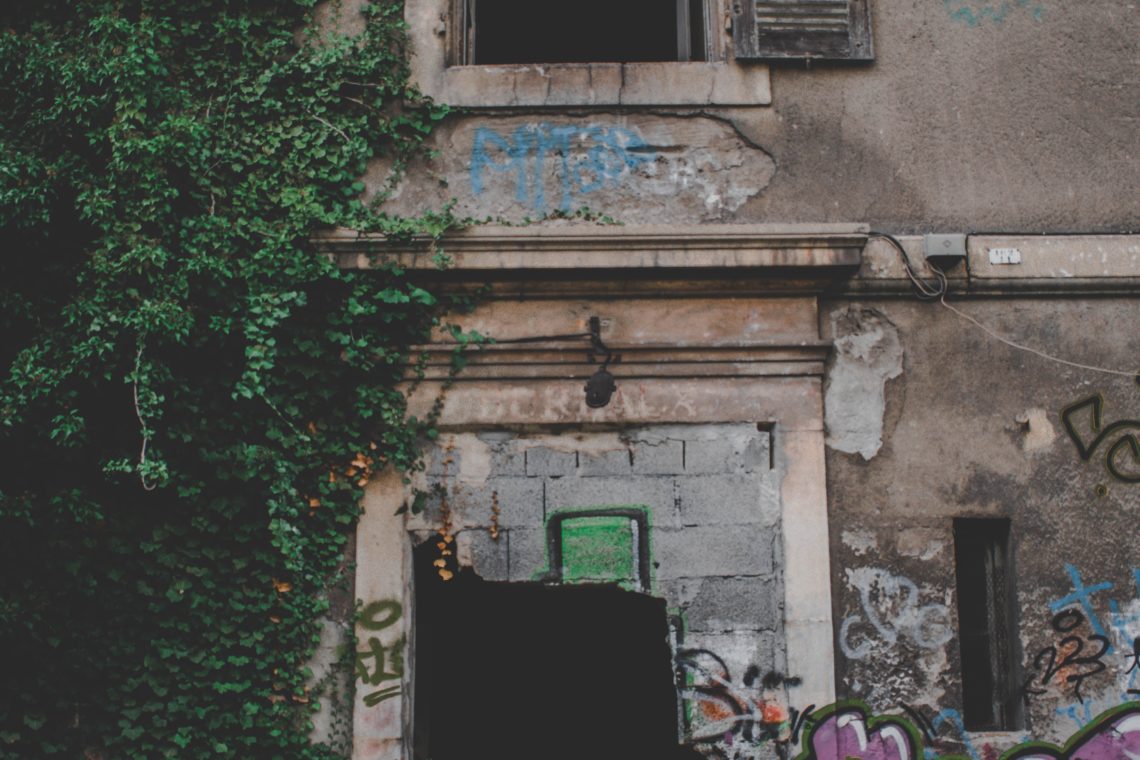In Broken Windows I talked about how the theory that abandoned property allowed to decay ultimately leads to more serious crimes misinterpreted as the idea that punishing small crimes would prevent major ones is flawed. I am not going to go too deeply into the flaws of Broken Windows here. For that feel free to read the previous post.
One of the bigger stumbling blocks of Broken Windows policing is that it doesn’t happen in a vacuum, it happens in the white supremacist patriarchy that is America. By patriarchy I mean that the power in America rests predominantly in the hands of men. By white supremacist I mean that in the US white is considered “normal” and nonwhite (Black, Indigenous, and other people of color or BIPOC) people are “abnormal”. More, while white Americans are assumed innocent, Black and Brown Americans have to prove themselves so.
This last was illustrated clearly by researchers Robert Sampson and Stephen Raudenbush when they decided to analyze why people may think an area is steeped in disorder. What they found was that when presented with two otherwise identical neighborhoods the one with more Black people was perceived to be more disorderly, to be seen as worse. Even in 1982 George Kelling and James Wilson understood this writing in the original Atlantic article:
“We might agree that certain behavior makes one person more undesirable than another but how do we ensure that age or skin color or national origin or harmless mannerisms will not also become the basis for distinguishing the undesirable from the desirable? How do we ensure, in short, that the police do not become the agents of neighborhood bigotry?
George L. Kelling, J. (2020, July 20). Broken Windows. Retrieved October 15, 2020, from https://www.theatlantic.com/magazine/archive/1982/03/broken-windows/304465/
We can offer no wholly satisfactory answer to this important question.”
We now know that the answer is the stigmatization of entire minority neighborhoods with stop and frisk impacting almost exclusively minority victims resulting in an expansion of mass incarceration. All without actually making people any safer.
The biggest issue with Broken Windows is that it starts two steps too late. In the Kelling and Wilson Atlantic article the two write, “A piece of property is abandoned, weeds grow up, a window is smashed.” What would happen if cities chose to step in when a property is no longer being cared for? That was an idea that University of Pennsylvania criminologist John MacDonald and Columbia University chair of epidemiology Charles Branas decided to study.
According to Branas and MacDonald, fifteen percent of America’s city space consists of abandoned or vacant properties and there is plenty of research tying abandoned property to higher crime rates. It just makes sense. Abandoned buildings offer shelter and weedy vacant lots offer cover for nefarious deeds. But there was not a lot of research into what happens if those properties are cleaned up.
Enter the Pennsylvania Horticultural Society, P.H.S. According to their site “With support from the City of Philadelphia, PHS partners with a network of contractors and community groups turn vacant lots into a positive public green space.” Twelve thousand lots, so far. Meaning that the society had a wealth of data that they were willing to happily share with the researchers. Eric Klinenberg covers this research in depth in the 2018 New Yorker article ‘The Other Side of “Broken Windows”’ which is my main source.
Branas and MacDonald conducted two studies. The first study covered the decade between 1999 and 2008 and focused on Philadelphia’s almost fifty thousand vacant lots. About forty-five hundred of the lots had been transformed by the P.H.S. In the second, which covered three years between 2010 and 2013, they studied violent crime surrounding almost twenty-five hundred abandoned Philadelphia buildings six hundred and seventy odd of which had been rehabbed by the P.H.S. In both studies the researchers paired treated sites with randomly selected, geographically matched properties. In the first the data was measured monthly; in the second study the data was measured annually.

The first study indicated a correlation between the rehabilitation of vacant lots and a reduction in gun crime, lowered instances of vandalization, and also higher rates of exercise. The three-year study showed a 39% drop in gun violence near the buildings redone by P.H.S. Perhaps even more startling is that the evidence indicated that the violence had not simply moved to other abandoned properties in the area and that the declines in violence lasted up to three plus years.
There is a cycle of reform and punishment in the US justice system that tends to lean heavily in a puritanical direction. Regardless of what part of the cycle we are on the focus almost always comes down to penalizing individuals. This appeals especially to those for whom law and order are more important than fairness or from whom justice and revenge are synonyms. The studies by Branas and MacDonald indicate that investment in the places in which people live may have a stronger, more far reaching, and distinctly more positive impact on our behavior than trying to manipulate us individually.
Sources
www.latimes.com/archives/la-xpm-2006-apr-20-oe-harcourt20-story.html.
www.pbs.org/wgbh/frontline/article/the-problem-with-broken-windows-policing/.
https://www.newyorker.com/books/page-turner/the-other-side-of-broken-windows
https://www.washingtonpost.com/outlook/2019/12/27/how-year-old-study-was-misconstrued-create-destructive-broken-windows-policing/
https://www.theatlantic.com/magazine/archive/1982/03/broken-windows/304465/
https://journals.sagepub.com/doi/abs/10.1177/019027250406700401?ssource=mfc&rss=1&
https://www.cracked.com/article_26846_reminder-broken-windows-theory-bs.html
